A similar version of this post originally appeared on the FIXGOV blog
A political cleavage created by disparities in educational attainment has emerged among voters across the democratic West. In this year’s presidential election, Donald Trump attracted a large share of the vote from whites without a college degree, receiving 72 percent of the white non-college male vote and 62 percent of the white non-college female vote, according to CNN exit polls. Similarly, in the United Kingdom’s June referendum on its European Union membership, 75 percent of voters with a post-secondary degree voted to remain in the EU while 73 percent of voters without one voted to leave the EU. Like Trump’s movement, the Brexit campaign was defined by frustration with rising immigration and declining economic prospects, a populist anger towards elites and established institutions, and an impassioned appeal to nationalism. Examining the makeup of these populist constituencies suggests that educational attainment helps explain the forces shaping this Transatlantic backlash.
Heading into the election, many believed Hillary Clinton would become the first Democratic nominee for president to win white voters with college and postgraduate degrees in over six decades. This prediction did not quite come true. Clinton lost white college graduates by four percentage points (45 percent–49 percent). Clinton even under-performed among white women with a college degree, winning only 51 percent of their vote. Overall, however, Clinton won voters with a college degree (52 percent) and Trump won voters without a college degree (52 percent). Nationally, 27.8 percent of Americans hold at least a BA degree. Educational attainment is highly unequal among the states, however. In the most educated state, 38.2 percent have earned BAs or more; in the least educated, this figure stands at only 17.3 percent.
On November 8th, Trump won every state below the national average for college degrees except Maine, Nevada, and New Mexico. For her part, Clinton won every above-average state with the exception of Kansas and Utah.

So while Clinton did not break the Republican voting record of the white college-educated electorate, the presidential election’s results still demonstrate a significant educational divide among voters.
This did not come as a surprise: throughout the campaign season, mounting evidence suggested that educational attainment was playing an important role in determining voters’ preferences. A Public Religion Research Institute survey released in October found that 22 percent of white working-class Americans believed Clinton understood the challenges they face while 36 percent said Trump better understood their challenges. A comparable percentage (37 percent) of college-educated whites said that Clinton understood their problems with only 26 percent saying the same of Trump.
The survey found several divergent policy positions held by whites with different educational backgrounds. For example, 56 percent of white working-class Americans expressed support for building a wall on the Mexican border compared with only 35 percent of white college-educated Americans. When asked about their support for a temporary ban on Muslim immigration, 30 percent of white working-class Americans stated they strongly favored such a ban while only 14 percent of whites with a college education agreed. On trade, 60 percent of working-class whites said free trade agreements were harmful because they displace jobs and suppress wages while a near-majority (49 percent) of white college-educated Americans disagreed, citing free trade agreements as opportunities to open markets for U.S. companies.
The two groups also demonstrated stark differences in their broader orientations. College-educated white Americans (56 percent) said American society is better off today than it was in the 1950s while 65 percent of white working-class Americans believed things today are worse than they were half a century ago. Fully 32 percent of working-class whites felt that discrimination against whites has become as severe as discrimination against blacks and other minorities, compared to 13 percent of college-educated whites. In total, 26 percent of working-class whites endorsed the proposition that the country needs a leader willing to break some rules to get us back on track; only 7 percent of white college-educated Americans agreed.
The differences between these two groups suggest that the educational gap is an important factor shaping two distinct and increasingly antithetical worldviews. Today’s American politics wrestles with an increasing ideological distance between the Democratic Party’s socio-economic elites and the Republican Party’s disinherited working class. This cleavage helps us make sense of the populist challenge to leaders in democracies throughout the West, a challenge that if mishandled could extend to democracy itself.
Within this framework, however, significant differences of emphasis remain. Some observers argue that populist disaffection stems primarily from the state of economic insecurity and represents a demand to ameliorate the economic anxiety caused by deindustrialization and globalization. Others claim that populism is principally a backlash against sentiments of cultural exclusion. Supporters of the economic insecurity thesis make their case by using various measures of economic well-being such as income trends and employment statistics. Advocates of the cultural backlash thesis, on the other hand, focus on nativist and xenophobic attitudes and on political beliefs motivated by nostalgia. There is no reason to believe that the relative weight of these factors will be the same from one country to the next.
It is no surprise that following the unanticipated result of the 2016 presidential election, much analysis has concentrated on determining whether economic insecurity or cultural backlash was more important in motivating the unexpectedly high white working-class support for Trump. It is likely that educational attainment influences both individuals’ economic position and their sense of cultural belonging. That said, research on the rise of contemporary populism is still in an early stage. Brexit and Donald Trump’s ascent to the American presidency offer excellent case studies to examine this issue, which may well dominate the politics of western democracies for quite some time.
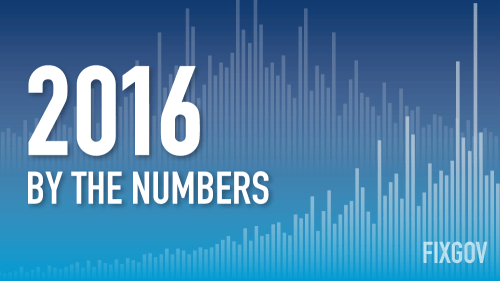
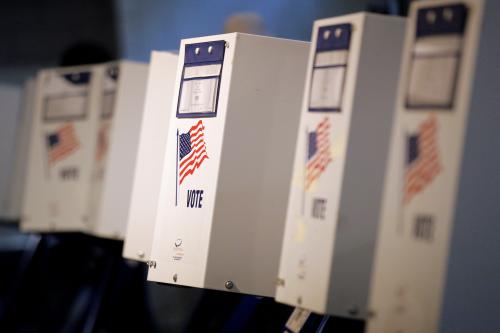
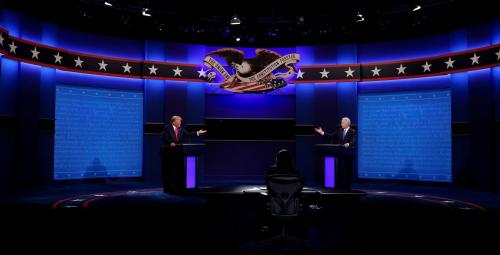
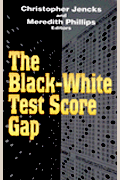
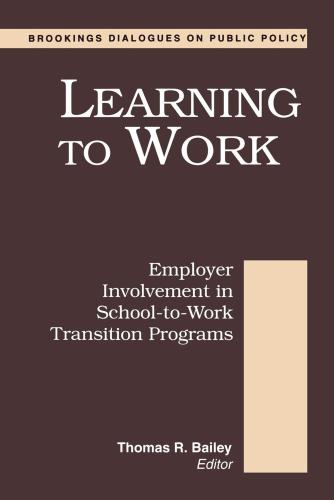
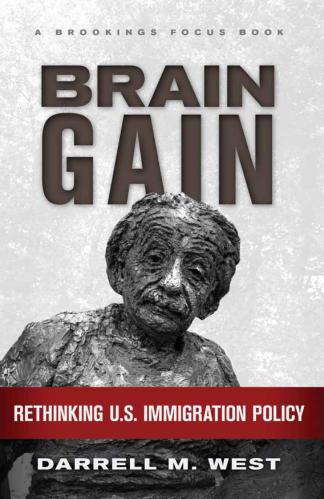
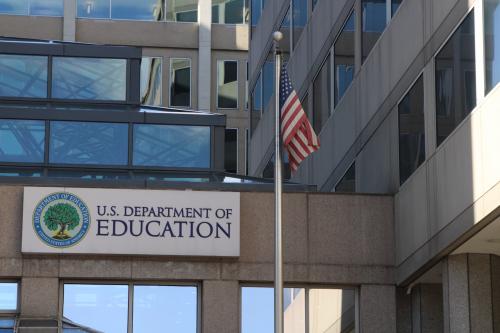
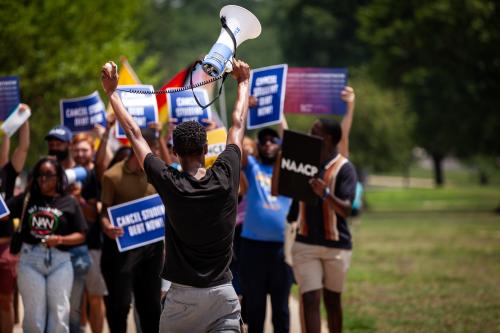
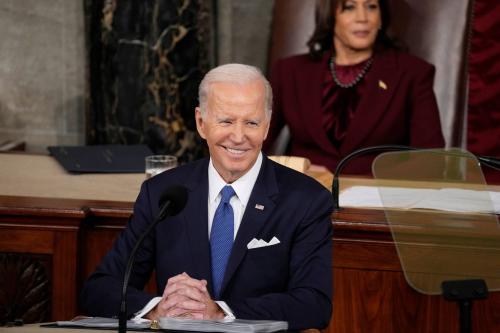
Commentary
The educational rift in the 2016 election
November 28, 2016